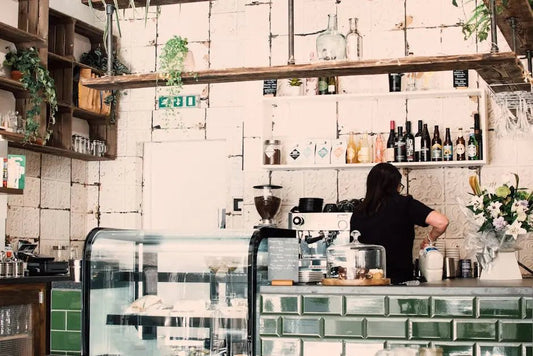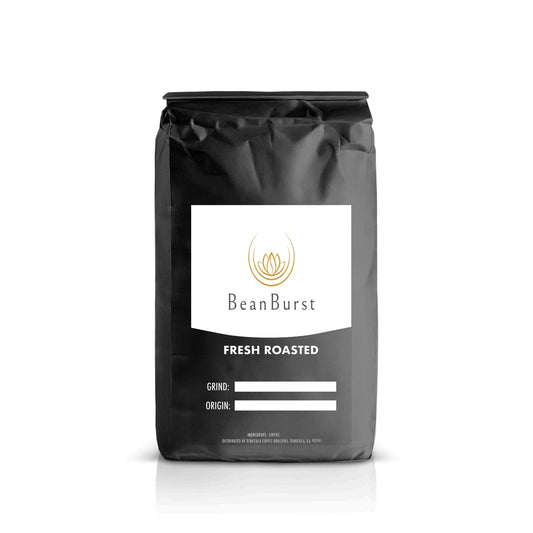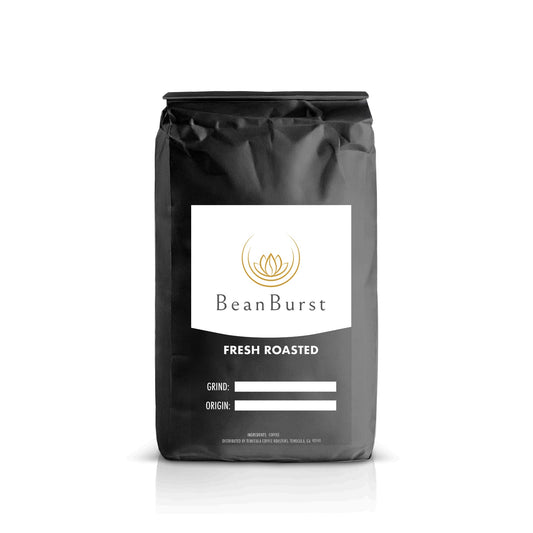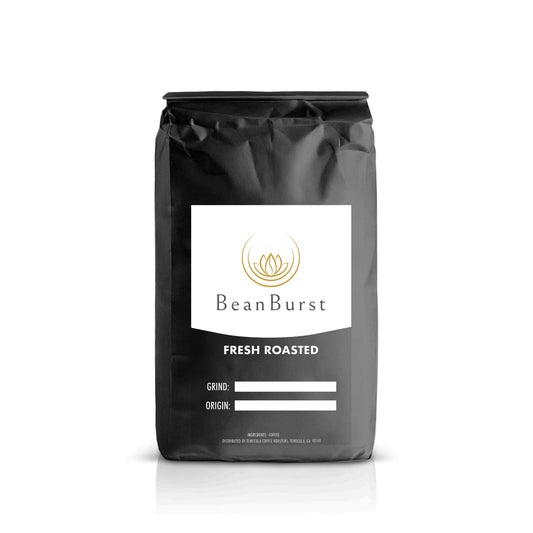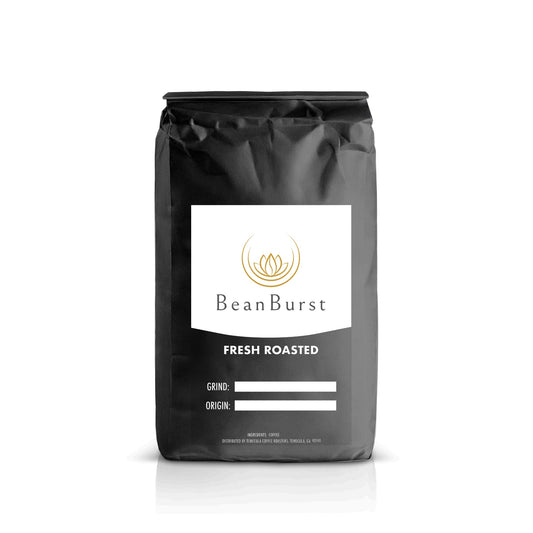Single origin coffee has gained immense popularity for its unique flavors and the story it tells. Sourced from a specific region, farm, or cooperative, each cup offers a distinct experience that connects consumers more deeply with their coffee. This blog will explore the journey of single origin coffee, highlighting its origins, processing methods, and the impact on flavor in every sip.
What is Single Origin Coffee?
Single origin coffee is defined by its geographical specificity; it originates from one location rather than being blended from multiple regions. This localization allows for a unique connection to the land and its environment, creating a distinct flavor profile that reflects the conditions in which the beans were grown.
This means every cup can tell a story, drawing from the rich history of the region, the climate, and even the agricultural practices used. For coffee lovers, this direct link to a particular place enhances the drinking experience, turning a simple cup of coffee into a global exploration.
Moreover, the demand for single origin coffee has led to a greater emphasis on transparency in the coffee supply chain. Consumers are increasingly interested in knowing where their coffee comes from, who grew it, and how it was produced. This shift not only bolsters appreciation for the coffee itself but also urges a more sustainable approach to farming.
The Importance of Terroir in Coffee Flavor
The term ‘terroir’ refers to the environmental factors that affect a crop’s phenotype, encompassing soil, climate, and topography. In the world of single origin coffee, terroir plays a crucial role in flavor development, giving each coffee its distinctive characteristics. Just like wine grapefruits, coffee flavors are greatly influenced by where they are cultivated.
For instance, the high altitudes and abundant rainfall in Ethiopia contribute to a floral and fruity flavor profile that is much different from the earthy notes found in coffees grown in Brazil. Each region, from Central America to Africa, boasts a unique terroir that defines its coffee, emphasizing the importance of origin and production methods.
By understanding the effects of terroir, coffee enthusiasts can better appreciate the range of flavors available. This knowledge not only enhances their tasting skills but also fosters a sense of respect for the artisans and farmers behind each cup. The flavor of single origin coffee becomes a tapestry woven from the land itself.
From Seed to Harvest: Growing Single Origin Coffee
The journey of single origin coffee begins with the seed. Farmers carefully select quality beans, plant them, and nurture them through various stages of growth. Close attention is paid to factors like altitude, shade, and water access, all crucial for healthy development.
As the coffee trees mature, they require specific care. The timing of rainfall and sunshine can dramatically affect the growth cycle, which, in turn, influences the overall flavor profile. For instance, coffees cultivated in regions with a pronounced dry season often mature more slowly, resulting in more complex flavors.
When it comes time to harvest, farmers usually do this by hand, meticulously picking ripe cherries to ensure only the best quality beans end up in their final product. This commitment not only enhances the quality of coffee but also sustains the local community, providing livelihoods dependent on careful and artisan farming practices.
The connection between the grower and their coffee is profound; it illustrates the passion that goes into each batch and the pride felt by farmers. By choosing single origin coffee, consumers are often supporting initiatives that promote both quality and sustainability in coffee farming.
Processing Methods: How They Affect Flavor Profiles
Once harvested, the processing methods used can dramatically alter the flavor profile of single origin coffee. The primary methods include washed, natural, and honey processing. Each of these techniques interacts with the coffee bean in distinct ways, highlighting different flavor notes.
For example, washed coffee tends to present a brighter and cleaner flavor, as the cherry’s fruit is removed before fermentation. On the other hand, natural processing allows the fruit to dry on the bean, imparting a more rustic sweetness that can lend a complex fruitiness to the brew.
In honey processing, a hybrid method between natural and washed, some of the mucilage is left on the bean during drying. This can lead to a rich, syrupy texture with a unique flavor profile that showcases more body and complexity. Understanding these differences helps coffee drinkers to appreciate the nuances in every cup they enjoy.
Roasting Techniques for Single Origin Coffee
Roasting is where the magic happens. It is through roasting that green beans transform into the aromatic coffee we know and love. Single origin coffees often require specific roasting techniques to bring out their unique flavors. Lighter roasts can preserve the unique qualities imparted by the terroir, while darker roasts may overshadow these subtleties.
Roasting profiles can vary significantly. For instance, a light roast will allow the fruity and acidic notes of a Guatemalan coffee to shine, whereas a dark roast may bring out more of a smoky, chocolatey flavor. The choice of roast is essential in determining the coffee experience, influencing everything from aroma to taste and mouthfeel.
Skilled roasters often experiment with various profiles to enhance the beans’ natural characteristics further, creating a symphony of flavor that can capture the essence of its origin. Understanding roasting techniques allows enthusiasts not only to better select their coffee but also to appreciate the skill that goes into each batch.
Brewing Tips for Enjoying Single Origin Coffee
Brewing single origin coffee properly is essential to experience its full potential. Different brewing methods can extract flavors differently, which is why it’s important to choose the right method suited to the coffee’s characteristics. For instance, pour-over methods such as the V60 can highlight the clarity and acidity of the coffee.
Alternatively, immersion methods like French press allow for a fuller body, which could bring out the richer flavors of coffee. Experimenting with various grind sizes and water temperatures can make a world of difference in achieving that perfect cup; precision is vital in maximizing flavor.
Additionally, it’s advisable to pay attention to the coffee-to-water ratio. A standard baseline would be a 1:15 ratio, but this can be tweaked based on personal preference. Enjoying single origin coffee is not just about drinking; it is about engaging in a ritual that celebrates each cup’s individuality.
Choosing Sustainable Single Origin Coffee
As consumers become more conscious of their environmental impact, choosing sustainable single origin coffee has gained importance. This involves looking for certifications such as Fair Trade, Rainforest Alliance, or Organic, which indicate that the coffee has been produced ethically and sustainably.
When you opt for sustainable single origin coffee, you are not merely selecting a product; you are supporting entire communities and ecosystems. These certifications often ensure that farmers receive fair compensation, which helps promote better living standards and encourages environmentally friendly practices.
Ultimately, being an informed consumer enhances the coffee-drinking experience. By understanding the journey each cup has taken—from farm to cup—you can actively participate in promoting greater sustainability and social consciousness in your coffee choices. The simple act of enjoying a cup of single origin coffee then becomes a celebration of care for both the environment and the communities that nurture it.
The Impact of Your Coffee Choice
Understanding the complex journey of single origin coffee enriches not only our appreciation for this beloved beverage but also our support for sustainable practices in coffee farming. As we savor each cup, we celebrate the farmers’ hard work and dedication that bring the rich flavors of single origin coffee to our tables.




